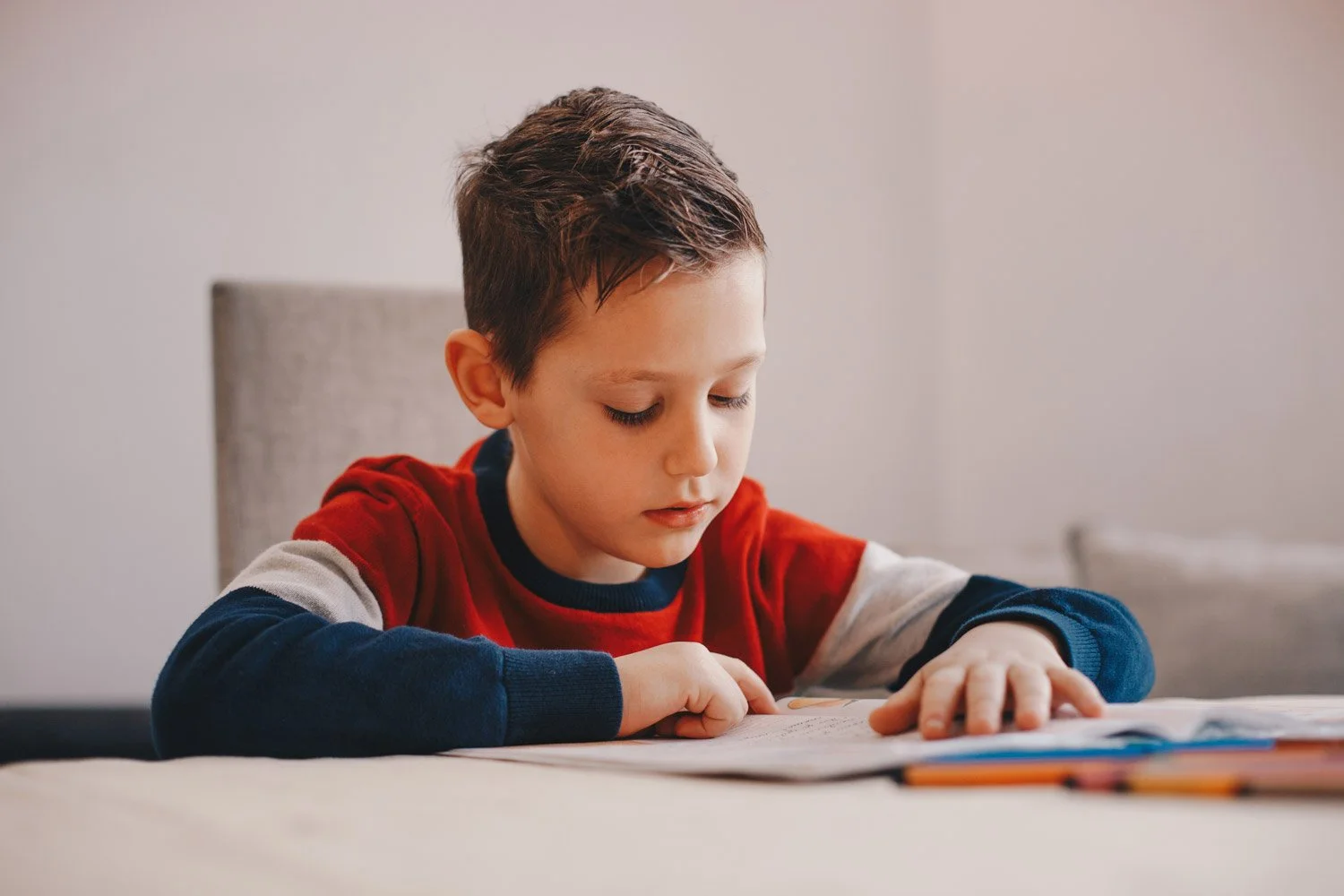Tutoring for Dyslexia in Christchurch for years 0–8
What is Dyslexia?
Dyslexia is a learning disability that affects a person’s ability to read, write and spell. The brain processes written and spoken language differently, but people have normal intelligence. However, people diagnosed with dyslexia struggle with language based tasks which involve reading and writing. Dyslexia is genetic and is linked to different areas of the brain that involve language processing, specifically in decoding written words.
Areas where tutoring for Dyslexia can help
Children with dyslexia often face specific learning challenges that can affect their confidence and progress. Tutoring can provide focused support in areas such as:
Difficulty reading and decoding words, leading to slow or inaccurate reading.
Trouble connecting letters with sounds, making it hard to sound out unfamiliar words.
Difficulty recognising frequently used words (e.g., the, like) without sounding them out.
Confusing similar looking letters or numbers such as b/d, p/q, 6/9, or 5/2.
Challenges with handwriting, including forming letters correctly.
Struggling to organise thoughts, construct clear sentences and express ideas in writing.
Difficulty understanding numbers, equations, reading and solving maths problems.
Trouble maintaining focus or concentration during learning tasks.
How I can help tutor a child with Dyslexia
The Structured Literacy approach is an explicit, systematic way of teaching reading and writing that is highly effective for children with dyslexia. It directly targets the areas they often find most challenging, using clear, step by step instruction and regular review.
A key feature of this approach is multisensory learning, which helps reinforce connections between spoken and written language by engaging multiple senses:
Visual – seeing letters and words through books, flashcards or writing on the board.
Auditory – hearing the sounds, phonemes and words as they are spoken.
Kinesthetic – writing letters, using hand motions or tracing to support muscle memory.
Tactile – feeling the shape of letters using materials like textured cards or sandpaper.
With over five years of experience using Structured Literacy and a strong background in teaching literacy, I provide a calm, supportive learning environment where dyslexic learners can gain confidence and make real progress.
I also offer strategies and activities tailored to support maths understanding, depending on your child’s individual learning needs.
Want to help your child gain confidence in reading, writing and learning?
Book online or get in touch to discuss how structured, multisensory tutoring can support your child with dyslexia.



